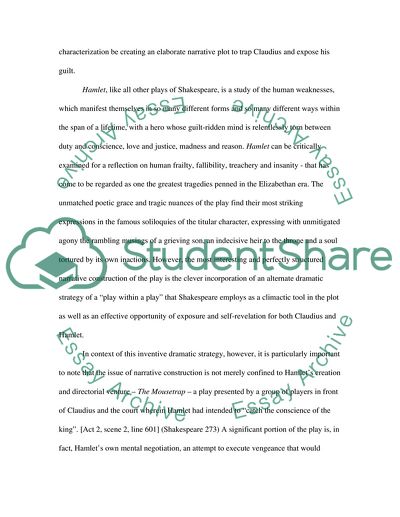Cite this document
(“A Play Within the Play: The Narratives of Conflict in Hamlet Essay”, n.d.)
Retrieved de https://studentshare.org/literature/1634922-a-play-within-the-play-the-narratives-of-conflict-in-hamlet
Retrieved de https://studentshare.org/literature/1634922-a-play-within-the-play-the-narratives-of-conflict-in-hamlet
(A Play Within the Play: The Narratives of Conflict in Hamlet Essay)
https://studentshare.org/literature/1634922-a-play-within-the-play-the-narratives-of-conflict-in-hamlet.
https://studentshare.org/literature/1634922-a-play-within-the-play-the-narratives-of-conflict-in-hamlet.
“A Play Within the Play: The Narratives of Conflict in Hamlet Essay”, n.d. https://studentshare.org/literature/1634922-a-play-within-the-play-the-narratives-of-conflict-in-hamlet.


